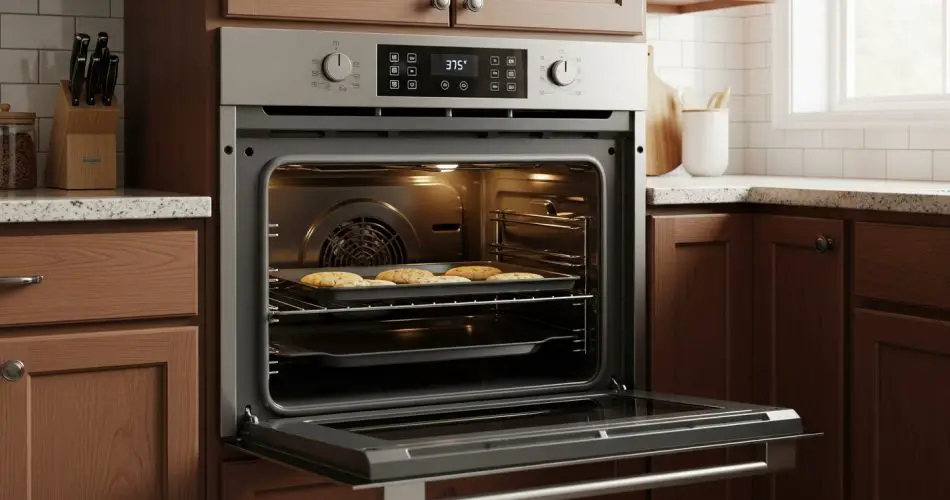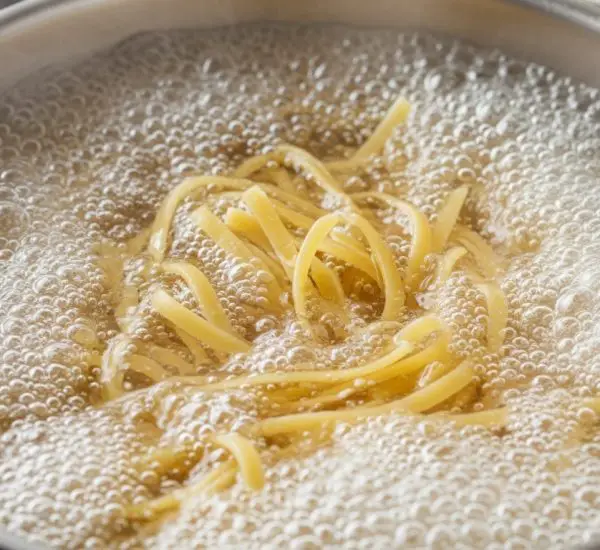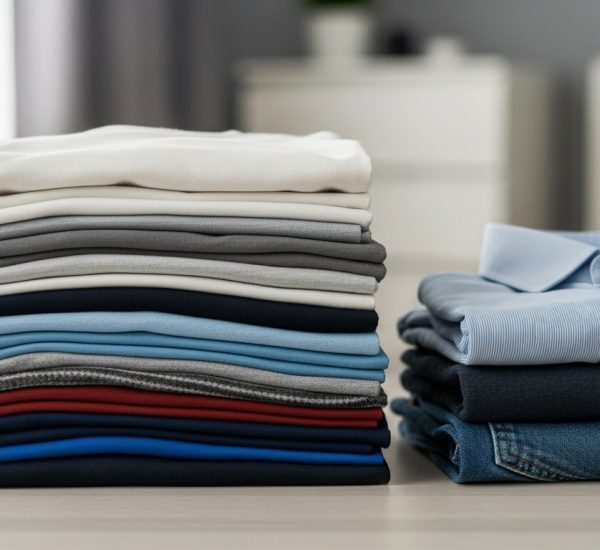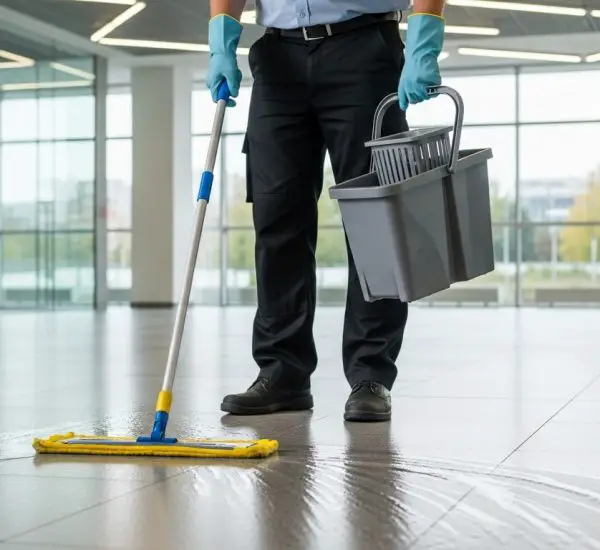Among all household appliances, the oven ranks among the most energy-intensive. While it’s indispensable for preparing delicious meals, it can also be one of the main culprits behind high electricity bills. With energy prices soaring across Europe and forecasts predicting further increases of over 50% during the winter months, learning how to use your oven efficiently has never been more essential.
Fortunately, saving energy doesn’t mean giving up your favorite baked dishes. By adopting a few simple habits and using your oven smartly, you can significantly reduce consumption and costs—without sacrificing quality or convenience.
Why the Oven Consumes So Much Energy
Every home has appliances that consume more electricity than others, but the oven sits near the top of that list. When in operation, it requires a large amount of power to reach and maintain high cooking temperatures, often between 180°C and 220°C (350°F to 430°F). This process demands a considerable energy load, especially if you frequently bake or roast.
On average, using an electric oven for about 15 minutes per day adds up to roughly 175 kWh per year—a figure that can make a noticeable difference on your energy bill. The main factor behind this high consumption is the preheating phase, when the oven works at full capacity to reach the desired temperature quickly.
If you want to save on your electricity bills, you need to start by rethinking how and when you use your oven. Even small changes can have a major impact.
Smarter Cooking: Reduce Heating Time and Avoid Heat Loss
One of the most effective ways to cut oven-related energy use is to limit preheating. Many recipes call for preheating out of habit rather than necessity. Unless you’re baking pastries or dishes that require precise heat conditions, such as bread or soufflés, you can safely skip this step.
If preheating is necessary, avoid letting the oven run idle after it reaches temperature. Load the food immediately to make the most of the heat you’ve paid for.
Another important tip: resist the temptation to open the oven door during cooking. Each time you open it, you let out a significant amount of heat—sometimes lowering the internal temperature by as much as 25–30°C (45–55°F). The oven then uses additional power to recover the lost heat, wasting energy. Instead, rely on the oven light and window to monitor your dish’s progress.
Use the Microwave for Smaller Portions
For small portions or quick reheating, the microwave oven is far more energy-efficient than a conventional one. A microwave uses less than half the energy required by a standard electric oven to cook the same amount of food.
If you need to warm leftovers, melt butter, or cook single servings, opt for the microwave whenever possible. Save your traditional oven for larger meals or when its unique cooking properties—like browning or crisping—are truly necessary.
Harness Residual Heat
One often-overlooked trick is to make use of your oven’s residual heat. Once your dish is almost done, turn off the oven 15–20 minutes before the end of the cooking time and leave the door closed. The retained heat will finish cooking the food perfectly while saving a surprising amount of energy.
This method works best for dishes that don’t require constant high heat, such as casseroles, roasted vegetables, or pasta bakes. Just remember not to open the door too soon—keeping it closed ensures the heat stays trapped inside.
Choose the Fan (Convection) Setting
If your oven has a fan or convection setting, make it your default option. Fan-assisted cooking consumes up to one-third less energy than static (traditional) cooking.
Here’s why: the fan circulates hot air evenly throughout the oven, reducing cooking times and allowing you to set lower temperatures without affecting results. For instance, a dish that typically requires 200°C (392°F) in static mode can often be cooked at 170–180°C (338–356°F) in fan mode, saving both time and power.
Additionally, because the heat is distributed uniformly, you can cook multiple dishes simultaneously on different racks without affecting flavor or texture—a great way to maximize every watt of energy used.
Batch Cooking and Efficient Use of Space
If you’re going to turn on the oven, make it count. Try batch cooking—preparing several dishes in one session. For example, while roasting vegetables, you could bake a cake or a casserole at the same time. Once the oven is already hot, you’re using energy more efficiently across multiple meals rather than wasting it on several separate heating cycles.
You can also make the most of your oven’s heat by planning back-to-back cooking sessions. After finishing one dish, immediately put in the next item while the oven is still warm. This approach minimizes the need for repeated preheating and reduces overall energy waste.
Maintain and Position Your Oven Wisely
Maintenance plays a key role in efficiency. Keep the oven door seals clean and in good condition—damaged seals let heat escape, forcing the oven to work harder. The same goes for the glass door: a dirty window absorbs heat rather than reflecting it, slightly increasing energy use.
Also, ensure your oven is installed in a well-ventilated area, away from cold drafts or direct air conditioning. External temperature fluctuations can make the appliance consume more energy to maintain consistent heat.
Invest in an Energy-Efficient Model
If your oven is over ten years old, it may be time to consider an upgrade. Modern appliances with a high energy-efficiency rating (Class A or higher) consume significantly less electricity while offering advanced features like faster heating, better insulation, and smart temperature control.
Although the initial investment may seem high, an energy-efficient oven can reduce consumption by up to 40%, saving you hundreds of euros over its lifetime.
Conclusion: Smarter Habits for Lower Bills
In times when energy costs are rising sharply, small behavioral changes can make a real difference. By using your oven intelligently—reducing preheating, relying on the fan setting, avoiding unnecessary door openings, and taking advantage of residual heat—you can cook your favorite dishes while cutting down your electricity bills.
The key is not to give up the oven altogether, but to make it work smarter, not harder. Combined with other efficient cooking habits, these strategies will not only save you money but also help reduce your household’s environmental footprint—proving that sustainability starts right in your kitchen.




